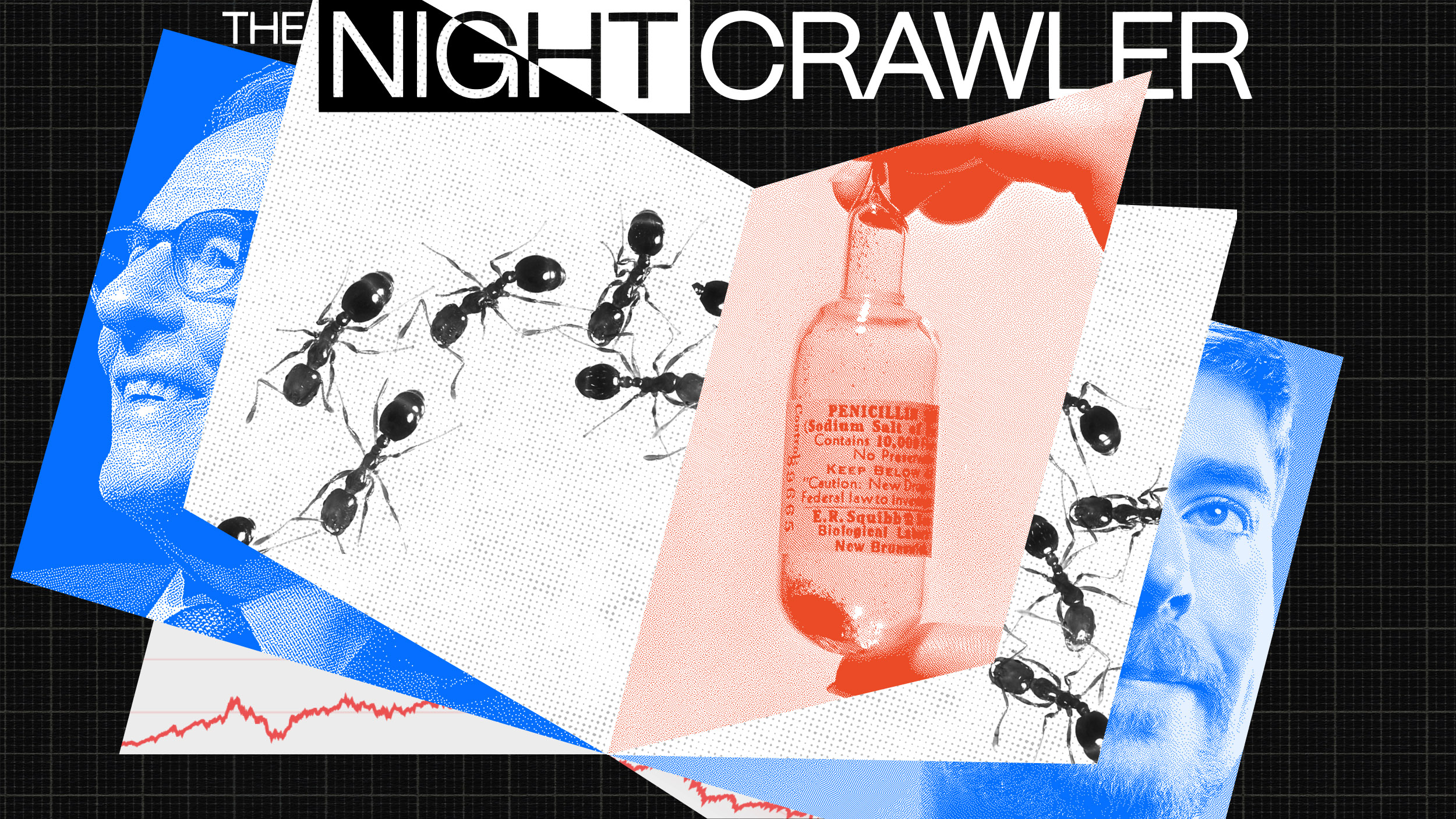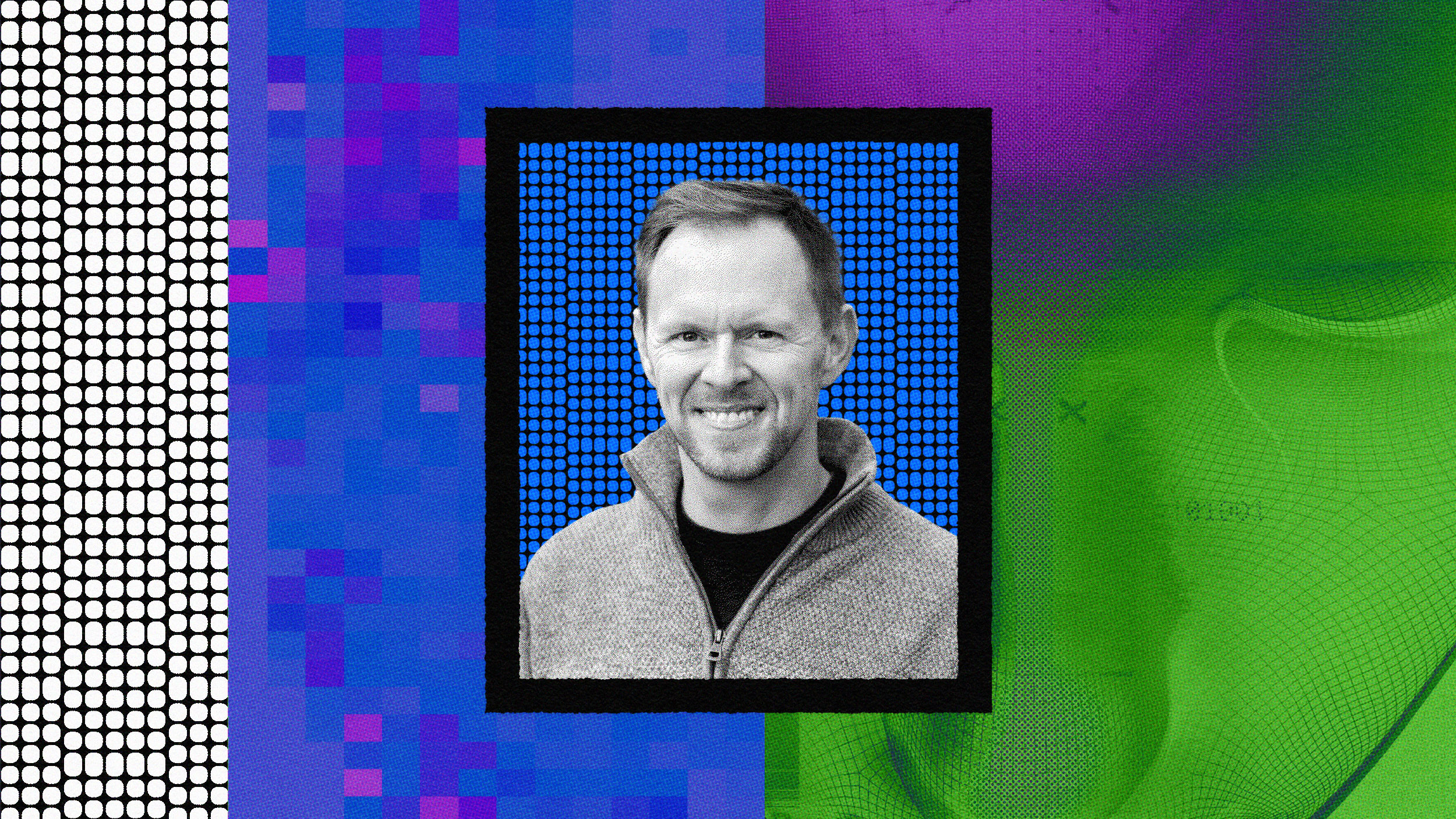RAMESH SRINIVASAN: We are at an incredible moment right now where billions of people across the world have access to the internet in very different ways. In many cases more different than similar, often through their mobile phones. A couple billion people or so have access to Google and Facebook services as well. So that kind of perpetuates the myth that spreading internet access is somehow evangelizing or emancipatory. All we need to do is get everybody connected to our services, right? And that's a myth and sort of a corporate branding strategy that is pushed out of Silicon Valley but it's also pushed out of Chinese technology companies, as well. And what that does is actually flatten and objectify the vast majority of people who are internet users, which is astonishing because if you actually experience the joys that I have in Beyond the Valley to actually go to these different parts of the world and look at what people are actually doing with technology, you see so much creativity.
You actually see innovation in action. Innovation from this perspective isn't about just blindly using some technology that was introduced in Silicon Valley that in many cases was introduced to die. Like Apple introduces phones with planned obsolescence, with an expiration date so they go into landfills and potentially cause cancer. Much like Monsanto introduces seeds to die. So what is happening across the world? This is an example of innovation in the bottom up sense. It's actually the idea of doing more with less which is actually like being resourceful. It's a whole other model of thinking what innovation is. Innovation with constraint. Innovation with scarcity. So let me give you a couple of quick examples of this.
Probably my favorite chapter of Beyond the Valley is the story of these indigenous peoples in communities that I've been working with the last few years. Mainly just writing about and learning from in the Oaxaca region of southern Mexico. These are Zapotec, Mixtec and Mixe communities. And they want cell phone service and, of course, they're not worth the investment to not only internet service providers but also mobile service providers like Carlos Slim from Telcel, one of the wealthiest men in the world. So they said hey, we want these mobile phones for various reasons and I can elaborate on that. But we want it on our terms rather than being dependent on the terms of these large distant corporations that don't even see us as worth the investment. So what did they do? They built it themselves. Community-owned cell phone networks. So what's occurring across this region - dozens of communities have built the largest community-owned cell phone set of federated networks, autonomous networks, in the world.
Thousands of users. And here's the key point. These networks are built collectively by these indigenous communities. These networks are designed based on values, even cosmologies and political philosophies of commonality. Everybody doing it together. They call it "comunalidad" or "dequio," which means good work. These are sort of concepts of collectivity which we all have as humans, the love of collectivity. But sometimes we ignore that and we get stuck in individualistic like silos. So they're building it together. They own the network. They're designing the network. They're monetizing the network. The network is allowing them to speak in their traditional languages of which there are dozens. Zapotec, Mixtec and Mixe – different families of languages. They're even communicating using these phones with relatives who are in the Los Angeles area where I'm a professor. So it's incredible for me to see them make the call on one end in the rainforests, in the cloud forests actually, of the Oaxaca region and on the other end see how people are receiving these calls on the other end.
And a lot of this comes out of a technological movement that is highly underreported and under-known even though it's so powerful. Community radio. They're all over the world when you go there. I've seen this in multiple continents. I've been to over 70 countries looking at some of these issues. Sometimes it was just for fun but sometimes it was like research, if you will. And you see people administrating and creating community radio stations because they're inexpensive, they're oral. A lot of languages have been discriminated against being written and they're able to be managed by people in places. They can kind of govern the technology. So the idea of the technologies of tomorrow layered onto the mindset and ideas of community radio is a very interesting, different kind of alternative pathway for technology. So that's one example I'd like to share.
A second example I'd like to share occurs and again it's a very similar to the examples of community telephony or even community wi-fi networks and we see that occurring all over the world – what we call mesh network technology. These are communities that are trying to think about how they can kind of recover technologies. I mentioned earlier how Apple technologies and many phones are designed to die. So where do those things go? We don't even think about that usually in the West. In many cases they end up in places like Ghana in landfills. Greenpeace has done some great video work on this, showing how people are going into these dumps and trying to extract metals and contracting cancer as a result. But in East Africa, and you actually see this in many parts of the world, people are taking dead technologies, opening them up and creating new technologies out of that. This is a concept that they call "jua kali." My pronunciation isn't great. In Swahili, which basically is translated to "hot sun", because basically what you see – and you actually see this in Latin America, South Asia, et cetera. People setting up tables, soldering guns, opening up technologies and making them work again or bringing technologies together.
Like different parts of mobile phones are brought to create new mobile phones. This is a concept of recycling, of repair and resourcefulness that we don't even begin to imagine when we sign onto blind contracts that are built upon the absence of sustainability. So that's one, and it blew my mind and I describe this in Beyond the Valley to see this occurring not just with phones but with 3D printers. People are taking recycled, dumpstered parts and kind of rigging these things together to create 3D printers. This is happening in Nairobi. A group called AB3D, Africa Born 3D. It's not completely recycled parts but largely. They've built 3D printers and have a sustainable business. They call themselves jua kali and they say hey, but we now have a roof because they built a sustainable business. But the key with these businesses is they aren't extractive. They're not blind. They're not ignorant. They're not socially unaccountable. They're built upon the environments and communities within which they exist. So they have actually built 3D printers that are obviously a fraction of the cost of American printers but they perform better. Why is that? Because they're built by people, for people in the environments where they live.
So this idea of decentralizing technology governance – hardware, software, what have you - is very, very powerful, is very promising and more than anything what it opens up to me is it moves past this flattened objectified category of thinking of people who are engaging with the internet and new technology as users, and instead thinking of them as innovators.





